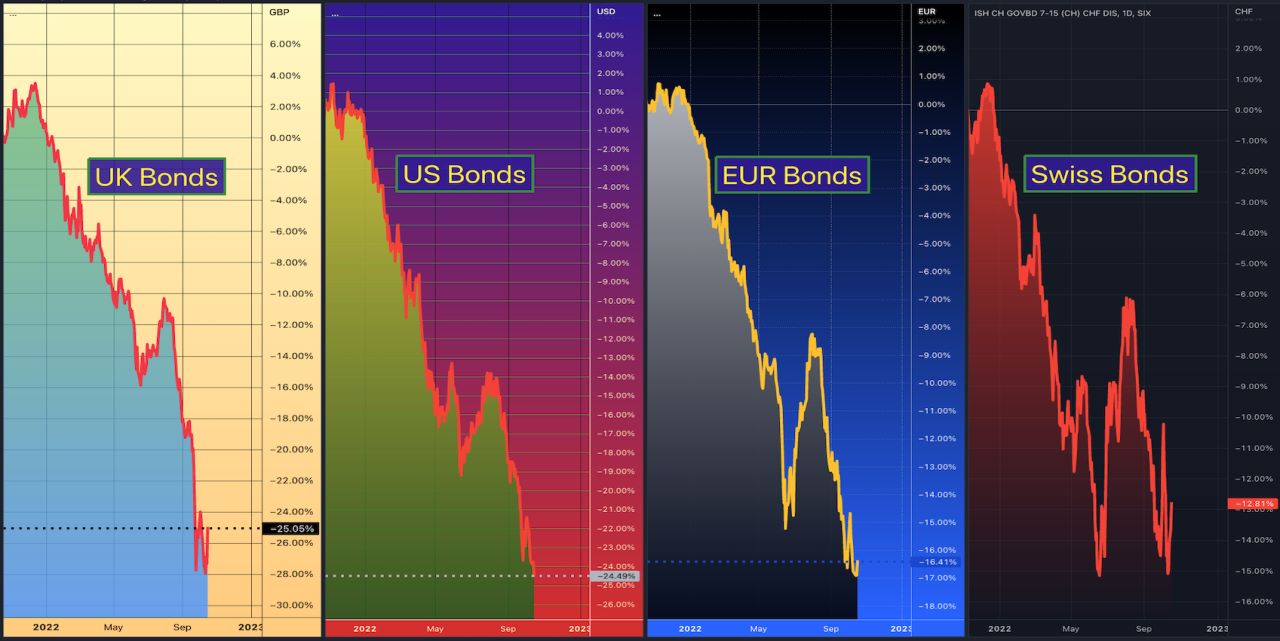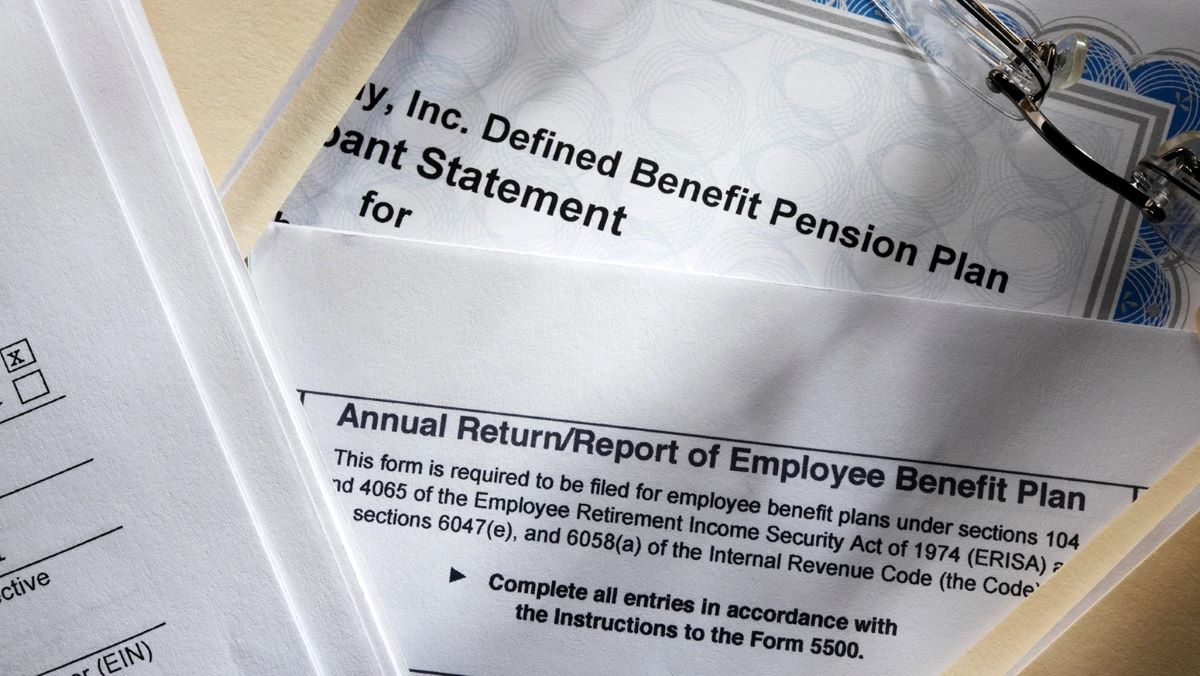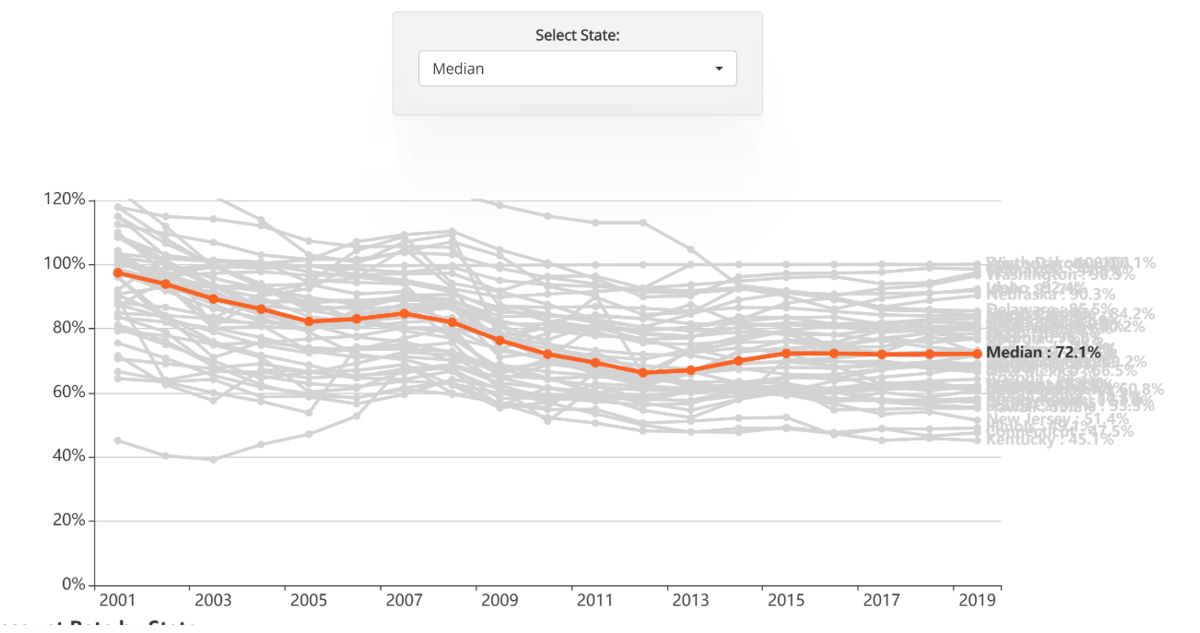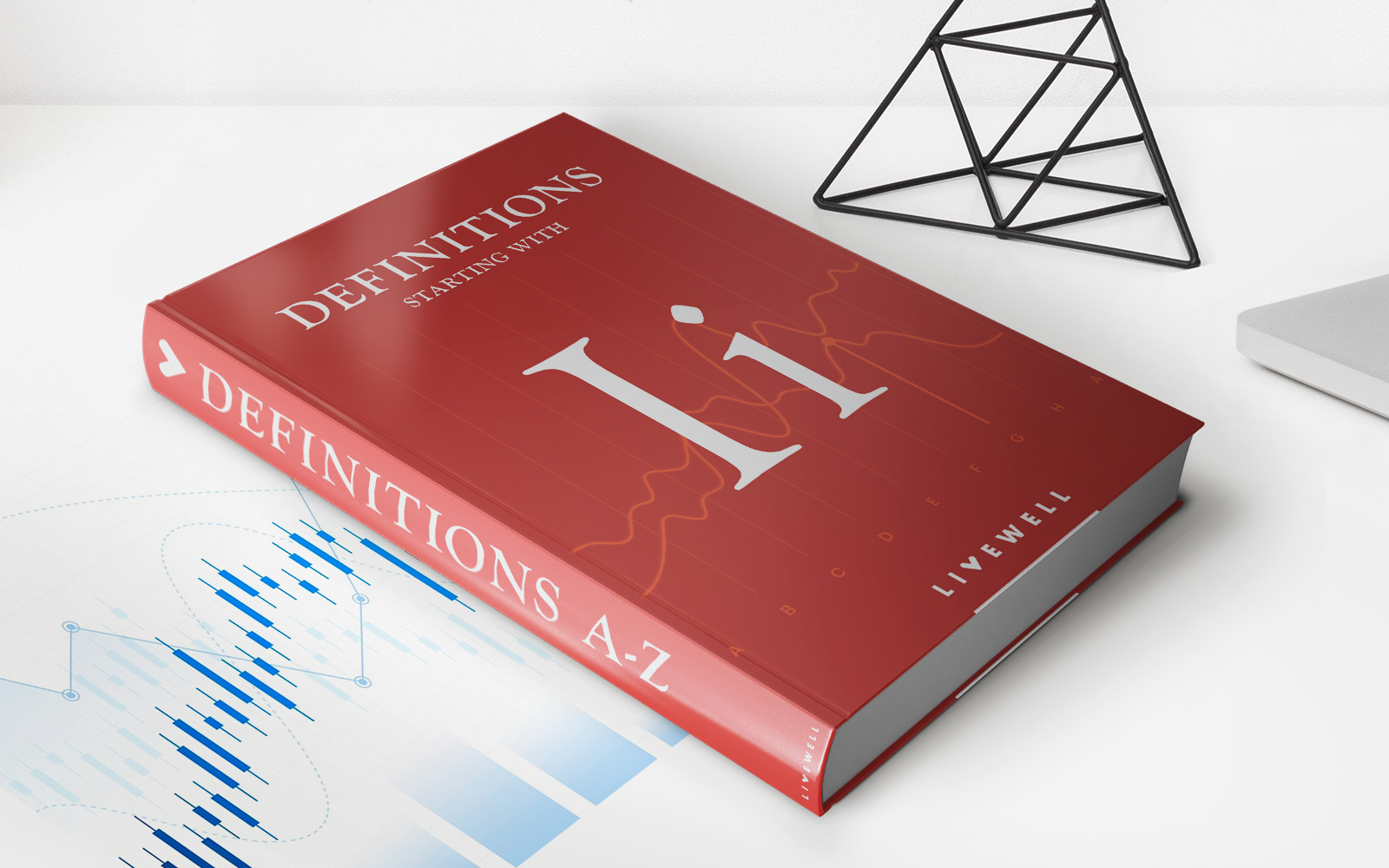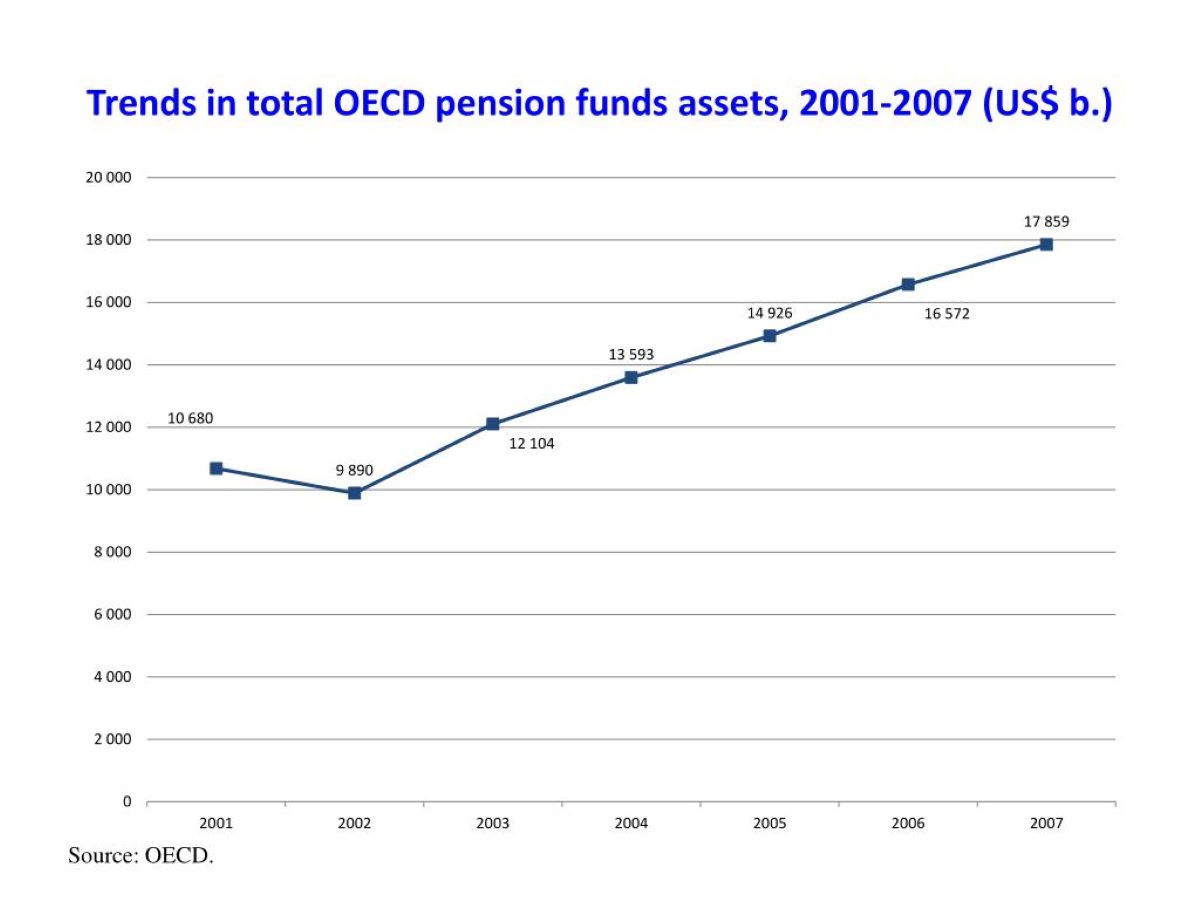

Finance
What Happened To Pension Funds In 2007?
Published: January 23, 2024
Discover the impact of the 2007 financial crisis on pension funds. Learn how finance was affected and what happened to pension investments. Explore the aftermath today.
(Many of the links in this article redirect to a specific reviewed product. Your purchase of these products through affiliate links helps to generate commission for LiveWell, at no extra cost. Learn more)
Table of Contents
Introduction
The year 2007 marked a significant turning point for pension funds worldwide, as the global financial landscape underwent a seismic shift that reverberated across various sectors. Pension funds, designed to provide financial security for retirees, were not immune to the far-reaching effects of the financial crisis that unfolded during this period. As the crisis unfolded, pension funds faced unprecedented challenges, forcing fund managers and regulatory bodies to reassess investment strategies and regulatory frameworks.
The events of 2007 had a profound impact on pension funds, reshaping their investment approaches and prompting a reevaluation of risk management practices. Understanding the specific repercussions of the financial crisis on pension funds in 2007 is crucial in comprehending the subsequent changes in investment patterns, fund performance, and regulatory responses.
The following sections delve into the impact of the financial crisis on pension funds, the shifts in investment strategies, the performance of pension funds during this tumultuous period, and the regulatory measures implemented to address the challenges faced by pension funds. By examining these aspects in detail, we can gain a comprehensive understanding of the transformative effects of the 2007 financial crisis on pension funds and the measures taken to mitigate its impact.
The Impact of the Financial Crisis on Pension Funds
The 2007-2008 global financial crisis had a profound and enduring impact on pension funds worldwide. As the crisis unfolded, pension funds experienced a sharp decline in asset values, triggering significant losses and threatening the long-term financial security of retirees. The crisis exposed vulnerabilities in pension fund investment portfolios, particularly in relation to high-risk assets such as mortgage-backed securities and other complex financial products.
Furthermore, the crisis led to a surge in funding deficits for many pension funds, compelling them to grapple with mounting financial pressures. This, in turn, heightened concerns about the sustainability of pension benefits and the ability of funds to meet their long-term obligations. The volatility and uncertainty stemming from the financial crisis prompted a fundamental reassessment of risk management practices within pension funds, emphasizing the need for more robust and diversified investment strategies.
Moreover, the financial crisis underscored the interconnected nature of global financial markets, highlighting the potential for widespread contagion and systemic risk. Pension funds, as major institutional investors, were deeply affected by the interconnectedness of financial markets, as asset value fluctuations and market instabilities reverberated across their portfolios. The crisis served as a stark reminder of the critical importance of risk mitigation and prudent investment practices within pension fund management.
Amid the turmoil, pension funds also faced heightened scrutiny from stakeholders and regulatory bodies, necessitating greater transparency and accountability in their operations. The crisis prompted a broader dialogue on the role of pension funds in the broader financial ecosystem, prompting calls for enhanced governance and risk oversight to safeguard the interests of pension beneficiaries.
Overall, the impact of the 2007 financial crisis on pension funds was far-reaching, prompting a paradigm shift in investment approaches, risk management, and regulatory oversight. The ensuing changes in pension fund investments and performance reflect the enduring legacy of the crisis on the pension fund landscape.
Changes in Pension Fund Investments
The aftermath of the 2007 financial crisis precipitated significant changes in pension fund investment strategies, as fund managers sought to adapt to the new financial reality and mitigate the impact of future market upheavals. One notable shift was the reevaluation of asset allocation, with a heightened focus on diversification and risk management. Pension funds increasingly recognized the need to reduce reliance on high-risk assets and enhance portfolio resilience through a more balanced mix of investments.
Furthermore, there was a discernible trend towards greater scrutiny of investment products, particularly complex financial instruments that had contributed to the turmoil of the crisis. Pension funds steered towards more transparent and comprehensible investment vehicles, prioritizing liquidity and risk-adjusted returns. This shift reflected a broader emphasis on prudence and accountability in investment decision-making, aligning with the goal of safeguarding pension fund assets and long-term sustainability.
In response to the lessons learned from the crisis, pension funds also embraced a more proactive approach to risk management, integrating sophisticated risk assessment tools and stress testing methodologies into their investment processes. The aim was to better anticipate and mitigate potential market shocks, thereby fortifying the resilience of pension fund portfolios against future uncertainties.
Moreover, the crisis prompted a reevaluation of alternative investments within pension fund portfolios, with a growing emphasis on diversification beyond traditional asset classes. This entailed an increased allocation to alternative assets such as private equity, real estate, infrastructure, and hedge funds, as pension funds sought to capture new sources of return while minimizing correlation to public market movements.
Overall, the changes in pension fund investments following the 2007 financial crisis underscored a concerted effort to recalibrate investment strategies, enhance risk management frameworks, and prioritize long-term stability. These shifts in investment approaches set the stage for a more resilient and adaptive pension fund landscape, better equipped to navigate the complexities of the post-crisis financial environment.
Pension Fund Performance in 2007
2007 was a tumultuous year for pension fund performance, characterized by a confluence of challenges stemming from the burgeoning global financial crisis. The year marked a stark departure from the relative stability and favorable returns that pension funds had previously enjoyed, as market volatility and asset value fluctuations exerted significant pressure on fund performance.
As the financial crisis began to unfold, pension funds encountered a pronounced erosion of asset values, particularly in segments exposed to high-risk assets such as mortgage-backed securities and structured financial products. This precipitated a decline in overall fund performance, with many funds grappling with negative returns and diminished portfolio valuations.
Furthermore, the funding status of pension funds came under heightened strain, as the erosion of asset values exacerbated funding deficits and raised concerns about the long-term sustainability of pension benefits. The mounting financial pressures underscored the vulnerability of pension fund performance to external market shocks and underscored the imperative for a more resilient and diversified investment approach.
Amid the challenging landscape, pension funds confronted the imperative to reevaluate their investment strategies and risk management frameworks in order to navigate the evolving financial climate. The performance of pension funds in 2007 thus served as a catalyst for introspection and strategic recalibration, prompting a fundamental reassessment of investment priorities and risk mitigation practices.
While the overall performance of pension funds in 2007 reflected the adverse impact of the financial crisis, it also laid the groundwork for subsequent transformative changes in investment approaches and regulatory responses. The lessons drawn from the performance challenges of 2007 contributed to a broader reorientation of pension fund management towards greater resilience, prudence, and adaptability in the face of market uncertainties.
In hindsight, the performance of pension funds in 2007 serves as a pivotal chapter in the evolution of pension fund management, underscoring the imperative for adaptive strategies and robust risk management in safeguarding the long-term financial security of retirees.
Regulatory Response to Pension Fund Challenges
The challenges faced by pension funds in the wake of the 2007 financial crisis prompted a concerted regulatory response aimed at fortifying the resilience and stability of pension fund operations. Regulatory bodies recognized the imperative to address vulnerabilities exposed by the crisis and implement measures to enhance risk oversight, governance, and transparency within the pension fund sector.
One key regulatory response was the implementation of enhanced risk management standards, mandating pension funds to adopt more rigorous risk assessment frameworks and stress testing protocols. The aim was to bolster the capacity of pension funds to anticipate and mitigate potential market shocks, thereby safeguarding the long-term financial sustainability of pension benefits.
Moreover, regulatory authorities sought to augment governance and accountability within pension fund management, emphasizing the need for greater transparency in investment practices, fiduciary responsibilities, and reporting standards. This entailed the imposition of stringent disclosure requirements to provide stakeholders with comprehensive insights into the investment decisions and risk profiles of pension funds.
The regulatory response also encompassed efforts to recalibrate investment guidelines and prudential standards, aligning them with the lessons learned from the crisis. This involved a reassessment of permissible investment instruments, concentration limits, and liquidity requirements to mitigate the potential for excessive risk-taking and enhance the overall resilience of pension fund portfolios.
Furthermore, regulatory bodies embarked on initiatives to promote education and awareness among pension fund stakeholders, empowering them with the knowledge and tools to make informed decisions about pension contributions, investment choices, and retirement planning. This emphasis on financial literacy aimed to bolster the overall efficacy and sustainability of pension fund systems, fostering greater engagement and understanding among beneficiaries.
Overall, the regulatory response to pension fund challenges in the aftermath of the 2007 financial crisis reflected a proactive and comprehensive approach to fortifying the regulatory framework governing pension funds. The measures implemented sought to instill greater resilience, transparency, and accountability within the pension fund sector, thereby mitigating the impact of future financial upheavals and safeguarding the interests of pension beneficiaries.
Conclusion
The events of 2007 and the subsequent global financial crisis left an indelible mark on the landscape of pension funds, prompting a profound reevaluation of investment strategies, risk management practices, and regulatory oversight. The impact of the crisis reverberated across pension funds, compelling them to confront unprecedented challenges and catalyzing transformative changes that continue to shape the pension fund sector today.
The financial crisis served as a crucible, exposing vulnerabilities within pension fund investment portfolios and underscoring the imperative for greater resilience and adaptability. The changes in pension fund investments post-crisis reflected a concerted effort to recalibrate investment approaches, enhance risk management frameworks, and prioritize long-term stability. This shift towards diversified and transparent investment strategies laid the groundwork for a more resilient and adaptive pension fund landscape, better equipped to navigate the complexities of the post-crisis financial environment.
Moreover, the performance of pension funds in 2007 underscored the imperative for adaptive strategies and robust risk management in safeguarding the long-term financial security of retirees. The challenges faced during this period prompted a fundamental reassessment of risk management practices, governance, and accountability within pension fund management, setting the stage for a more resilient and transparent regulatory framework.
The regulatory response to pension fund challenges post-crisis reflected a proactive and comprehensive approach to fortifying the regulatory framework governing pension funds. The measures implemented sought to instill greater resilience, transparency, and accountability within the pension fund sector, thereby mitigating the impact of future financial upheavals and safeguarding the interests of pension beneficiaries.
In conclusion, the transformative effects of the 2007 financial crisis on pension funds underscore the enduring legacy of this pivotal period. The crisis precipitated a paradigm shift in pension fund management, prompting a reevaluation of investment priorities, risk mitigation practices, and regulatory oversight. As pension funds continue to navigate the evolving financial landscape, the lessons drawn from the challenges of 2007 serve as a guiding beacon, informing adaptive strategies and fortifying the resilience of pension fund operations in an ever-changing global economy.

